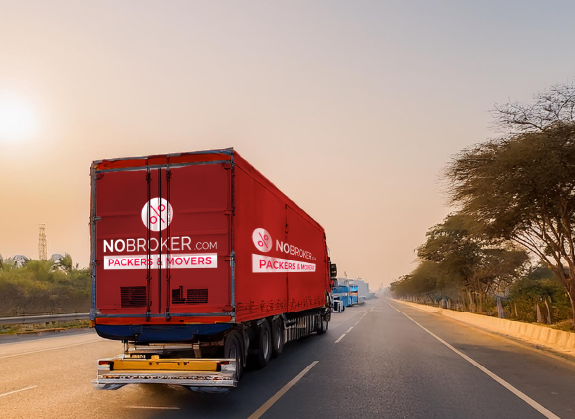The state-specific VAT laws govern each state's implementation of the GST composition scheme. It includes conditions that had to be met in order to qualify for the programme. And I think better accuracy is ensured by the GST composition scheme. It is without the need for recordkeeping. So let’s dig in deep to know what is composition scheme in GST.
Get help from the experts at NoBroker and get the best advice in the real estate sector. Choose NoBroker seller plans and sell your property at the best price.What is GST composition scheme?
A different way to levy a tax under the GST is through the composition scheme. Small firms that are registered under the GST composition scheme are able to submit quarterly GST returns. They can also pay GST at a predetermined rate of turnover each quarter. Small taxpayers who have minimal turnover would often be subject to a composition levy. If they provide both services and goods or both, to the end customer. Additionally, the composition scheme was created with the intention of increasing the taxpayers' accessibility.
What are the criteria of the GST composition scheme?
Any current taxpayer whose yearly revenue did not surpass the Rs. 1.5 crore threshold of Rs. 75 lakhs in the previous fiscal year. The cap on yearly turnover has been raised from Rs. 50 lakhs to Rs. 75 lakhs for states that fall under a special category. It is with the exception of Jammu & Kashmir and Uttarakhand. The Ministry set the turnover barrier for Jammu & Kashmir and Uttarakhand at Rs. 1 crore. Since these two states should register under the GST composition scheme.
What are the requirements for using the composition scheme?
If you want to use the GST Composition Scheme, then you need to register for GST.
A person can neither be an NRI taxpayer nor a casual taxpayer.
A presence outside the state cannot be used by the taxpayer to furnish goods or conduct any interstate transactions.
GST-exempt goods cannot be supplied by the merchant.
Taxes owed by the taxpayer for transactions made through the reverse charge mechanism must be paid at standard rates.
A taxable person must register all such enterprises collectively under the system if they operate various business sectors (like fabrics, electrical equipment, grocery, etc.) under the same PAN.
This is all about what is composition scheme in GST.
Read More: What is the limit for RCM under GST? What is the validity of the GST registration certificate? What is GTA in GST? How to change taxpayer type in GST?Your Feedback Matters! How was this Answer?
Shifting, House?
✔
Lowest Price Quote✔
Safe Relocation✔
Professional Labour✔
Timely Pickup & Delivery
Intercity Shifting-Upto 25% Off
Check Prices

Intracity Shifting-Upto 25% Off
Check Prices

City Tempo-Upto 50% Off
Book Now
Related Questions
Most Viewed Questions
Recently Published Questions
Authors Of The Question

0 Total Answers








What is composition scheme in GST?
surbhi
320 Views
1 Answers
2 Year
2022-09-08T17:50:06+00:00 2022-09-08T17:50:07+00:00Comment
Share